Avoiding fast fashion, buying second-hand, donating clothes I no longer wear, experimenting with clothes swaps, applying the 30-wear test to my purchases, and cutting down on shopping in general were some of the actions I have taken to embrace a more sustainable approach to my sartorial choices.
I am also more conscious about seeking out fashion labels that use recycled or eco-friendly materials, and who provide transparent information on their supply chains. I have come across some really useful lists, including a round-up of ethical clothing brands by Green is the New Black, and have also written up a couple of simple tips for those keen to start a more sustainable and ethical wardrobe.
Kicking my days off with a grueling HIIT workout has been my greatest reprieve from this year’s countless professional and personal hardships, and so I have started paying more attention to what sustainable brands I could purchase activewear from.
Understanding what materials your trainers, leggings or sports tanks are made of, how resource-intensive their manufacturing is, or what working conditions they were produced under can be quite overwhelming questions for the everyday, time-pressed consumer.
Working out in sustainable activewear enables us to do good for both our body and mind, whilst ensuring we don’t harm the planet or fund sweatshops in the process, but most of us don’t have the time or knowledge on how to conduct due diligence on the brands we buy from.
Good on You could be a good start if you – like me – are an aspiring conscious consumer – the website and app provide ratings on fashion brands based on their impact on people, the planet and animals.
Most of the featured brands are based out of North America or Europe though, so I tried to put together a list of sustainable athleisure brands that are (more) easily accessible in Asia, without having to account for expensive shipping fees and the carbon emissions associated with it.
1) Outfyt’s designs are made with sustainable fabrics, including ECONYL® Regenerated Nylon – recycled nylon made from discarded fishing nets and fabric scraps from mills and carpets. Seeing the amount of plastic waste that came with its first collection, the Singapore-based athleisure start-up pledged to apply a sustainable and ethical approach to every aspect of its operations.
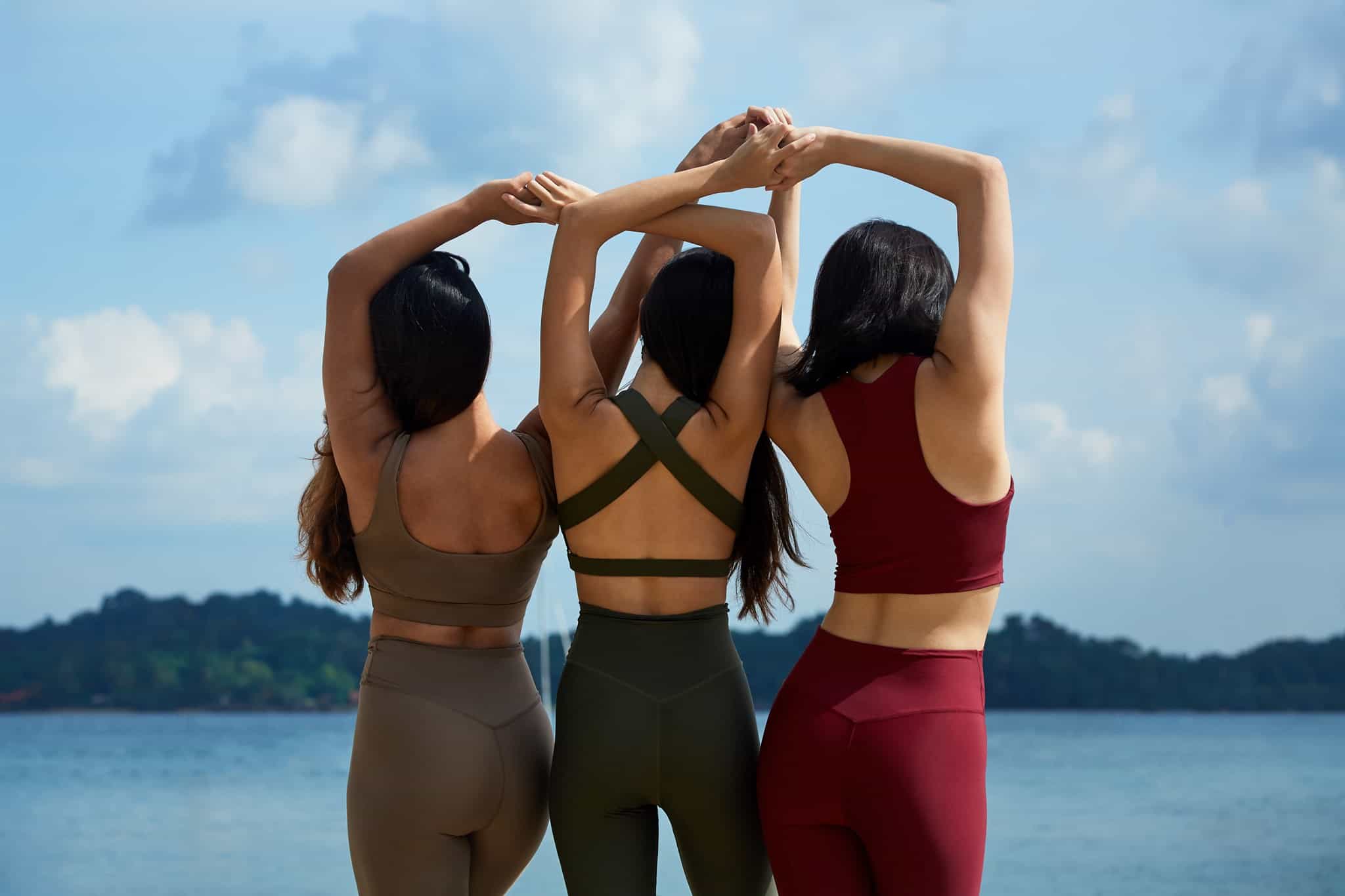
The activewear brand partners with and donates 1% of its proceeds to Healthy Seas, an initiative which aims to prevent marine pollution by working with volunteer divers and the fishing sector to upcycle fishing nets into raw material for the fashion and interior industries.
Outfyt uses packaging made from cassava that’s 100% home compostable or can be returned to the store for composting. Instead of wasting material on a garment label, details are printed directly on the textile, and fabric scraps are donated to charity to repurpose into new products.
The brand places an equal emphasis on ethical supply chains – it commits to working with its Indonesian manufacturer to ensure factory workers are paid a fair wage and their families are covered by company health insurance.
2) Hong Kong-based fitness and lifestyle brand Hoya Kerry uses recycled polyester in its products, made from plastic bottles by a Taiwanese textiles company. To reduce reliance on plastic packaging, its products are delivered in reusable non-woven drawstring bags and recyclable kraft carton, and the conscious brand plants a tree for every purchase with reforestation platform Tree-Nation.
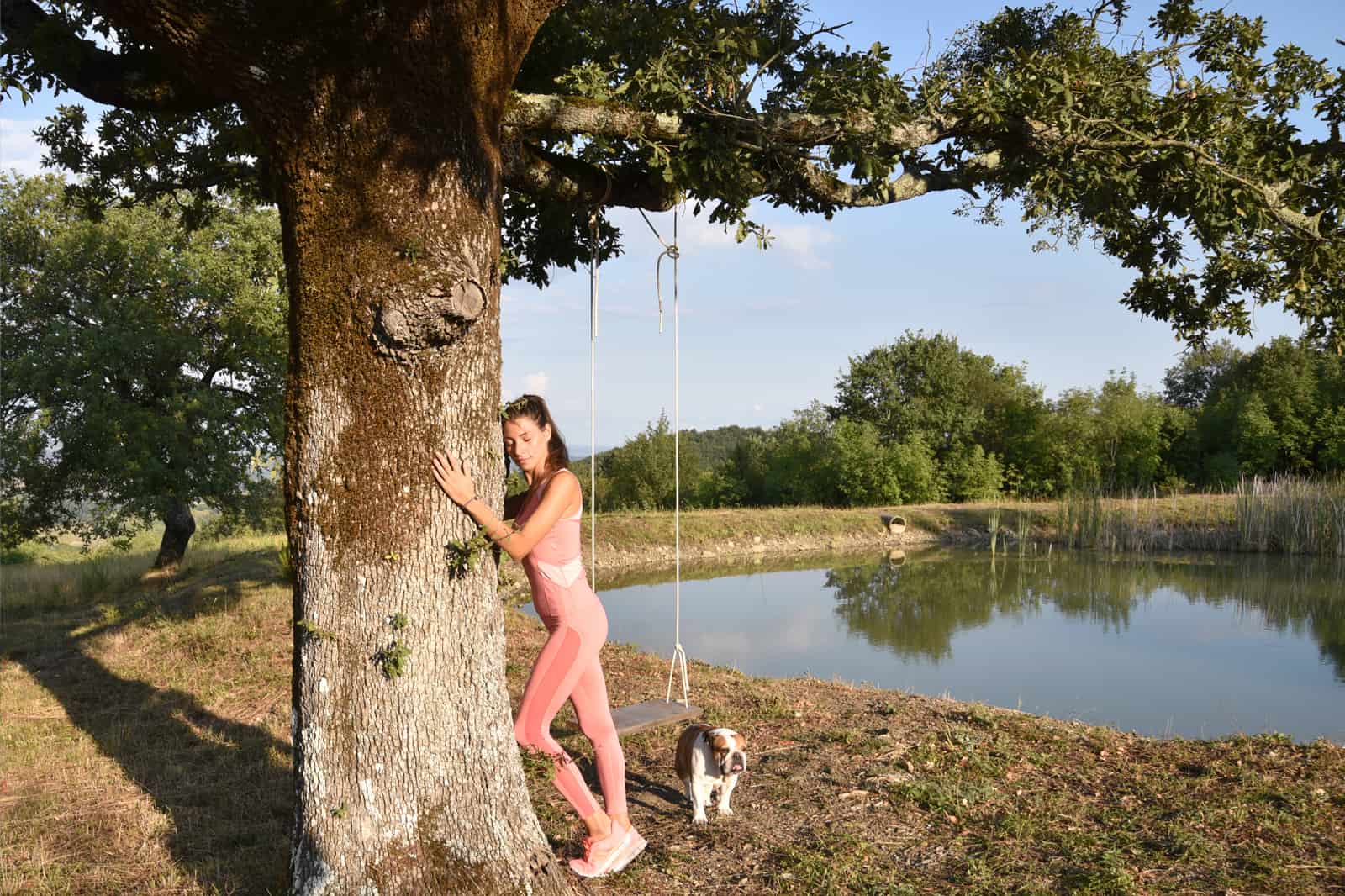
Hoya Kerry pledges to uphold fair working conditions for all its employees, and its factory in China is certified by the Worldwide Responsible Accredited Production (WRAP), the world’s largest independent certification program for social responsibility in the sewn products sector.
3) Australian athleisure label Team Timbuktu uses fabrics made from recycled plastic bottles and organic fibers, and its corn starch garment and mailing bags are also home compostable.
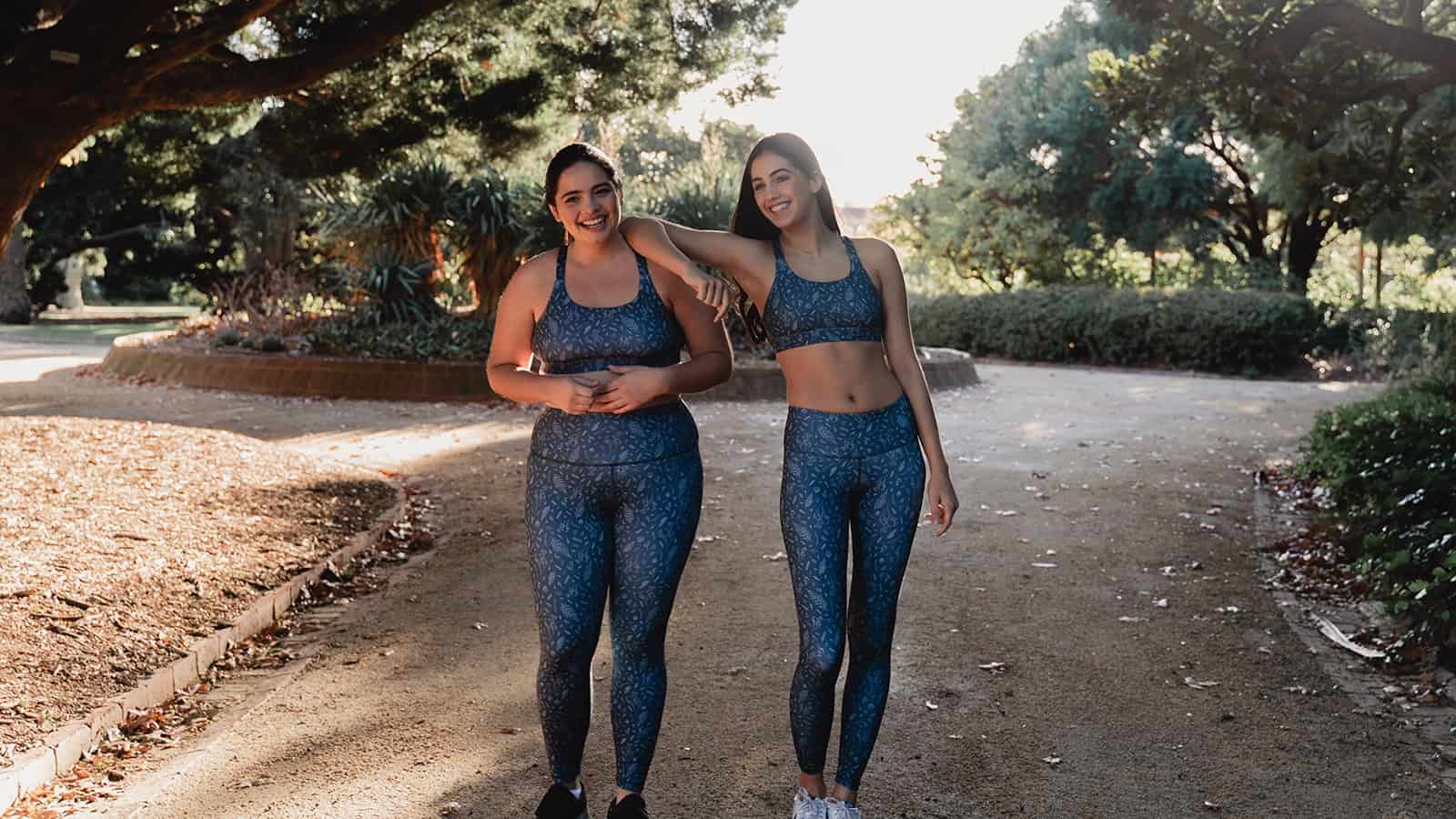
The brand strives to ensure ethical working conditions in its factories in Taiwan, China and India, with certification and regular audits by organizations such as the Business Social Compliance Initiative (BSCI), SA80000 or WRAP.
It also publishes a sustainability report to provide transparency on areas for improvement, including plans to create an ethical code of conduct with manufacturers, or the need to switch from air to sea freight to mitigate carbon emissions.
4) Similarly to Team Timbuktu, fellow Australian brand Nimble Activewear produces its eco-friendly fabrics MoveLite and COMPRESSLITE™ from post-consumer recycled plastics. The used PET bottles are broken into flakes, melted into pellets, spun into yarn and knitted into performance fabrics.
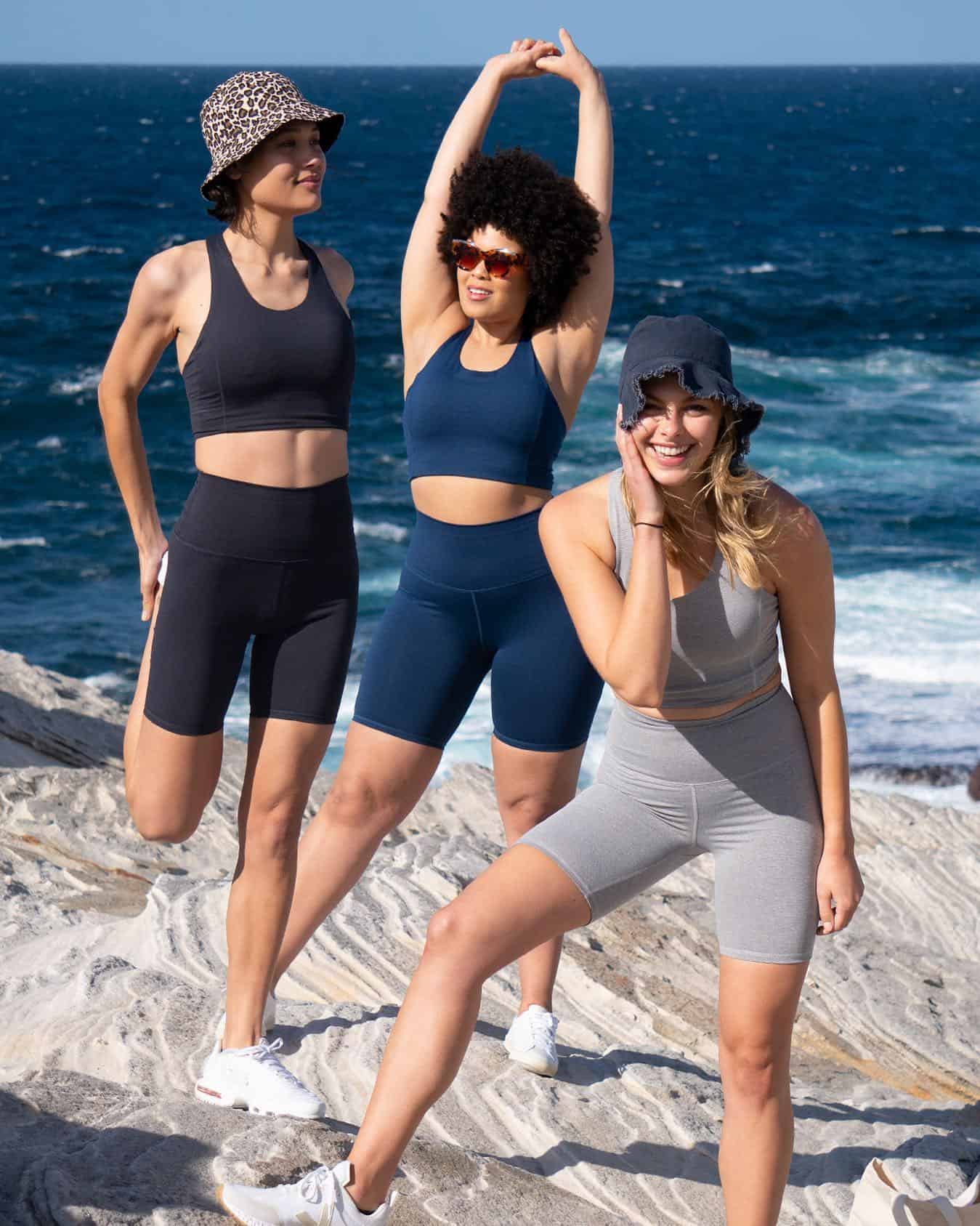
Its packaging is made from bio-based materials which break down into oxygen, water and biomass, although only if processed in industrial composting facilities. Nimble has to date recycled over 1 million plastic bottles since 2015.
5) Albeit not an Asia brand per se, adidas by Stella McCartney is available in most adidas stores across the region, and its designs are made with upcycled plastic waste – a key partnership for the sports household name which aims to reduce virgin plastics in its products, and use only recycled polyester by 2024.
The collaboration strives to adopt more closed loop manufacturing processes, and has created what’s described as the first 100% recyclable Infinite Hoodie, made with 60% post-consumer textile waste using Evrnu’s NuCycl™ technology and 40% of organic cotton diverted from the landfill.
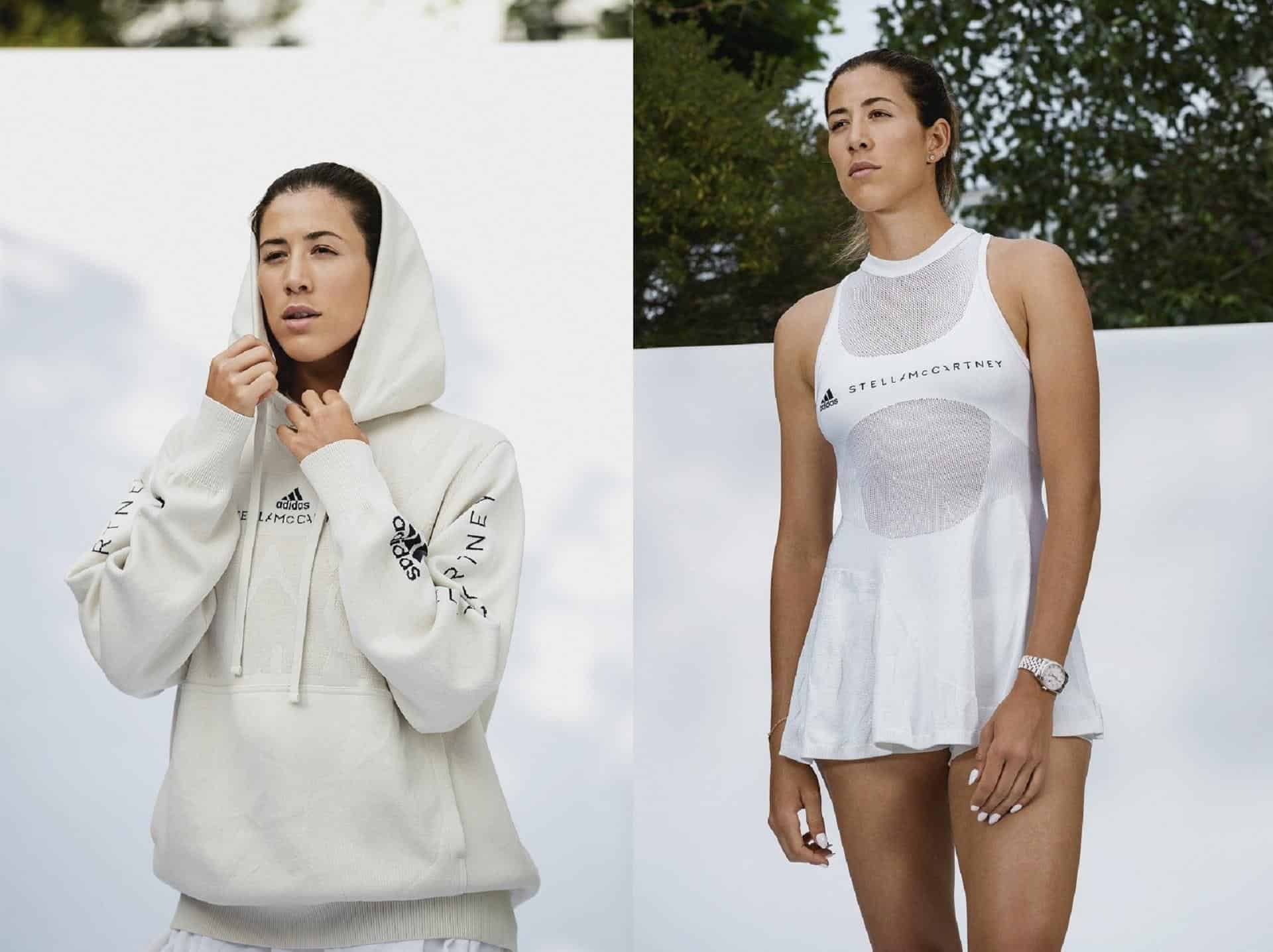
Together with biotech start-up Bolt Threads, they are also prototyping the Biofabric Tennis Dress, combining cellulose-blended yarn and Microsilk™. The latter is created through a process which involves bioengineering spider genes, fermenting them with yeast, water and sugar to produce liquid silk proteins, which are then extracted and spun into yarn.
Microsilk™ is still in the research and development phase, but it’s claimed to have a lower environmental impact compared to petroleum-based fibers, with the potential to fully biodegrade at the end of its lifecycle.
Based on my research, the key challenges aspiring sustainable athleisure brands in the Asia-Pacific grapple with include ensuring ethical supply chains, particularly when factories are located in high-risk countries; providing an optimal price point for the cost-conscious consumer; and cutting shipping-related carbon emissions.
That said, I am a firm believer that sustainability is a journey, and whilst the brands highlighted certainly have their own areas for improvement, they do offer a more eco-friendly or ethical option for your next activewear purchase.









